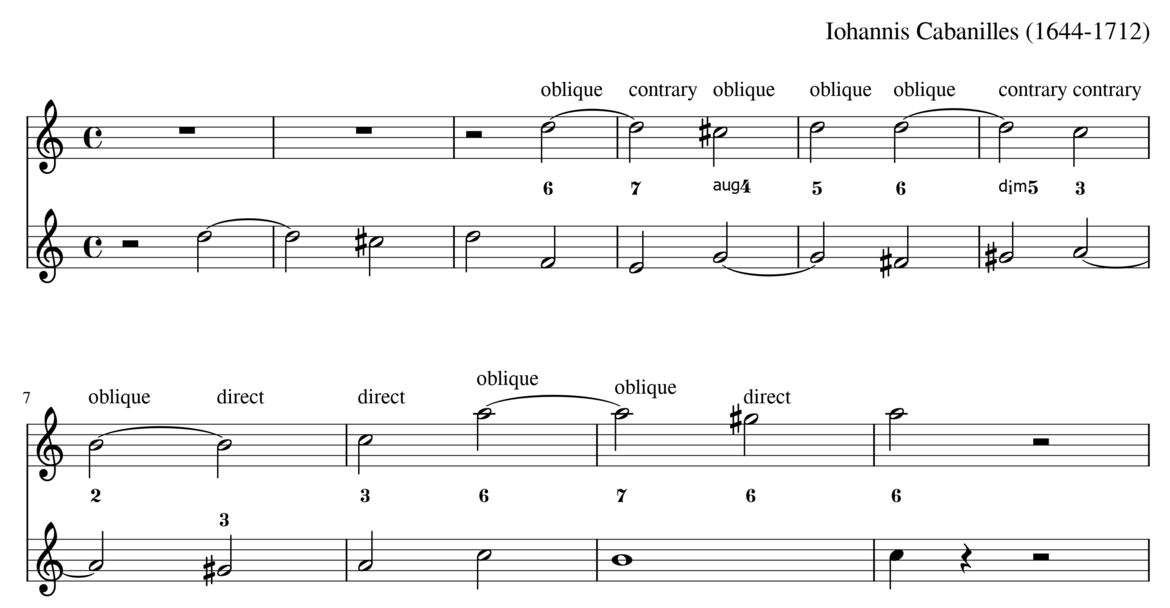Contemporary style impro.
How does it work?
This kind of improvising I think of as 'freestyle', as I feel free to make up my own rules. In some ways it functions through avoiding the rules of tonality which lead to historic styles.
As you can hear in the video it works really well on the organ in a big acoustic. Using all the resources of the organ's orchestral registration I focus mainly on the rhythmic structure; starting with small motifs or 'cells' building these up through combination and transformation (extending or compressing the timing). Harmonically, this improvisation is constructed on modal and whole-tone scales which gives the music a slightly French flavour!
Introduction to principles of diatonic/tonal improvisation
Basic principles of diatonic harmony
Putting different voices or musical lines together so that they 'fit' is one of the biggest problems facing the novice improviser. The following exercises are ones which I found useful in helping to organise my thoughts and focus my work.
Obviously the music of the Baroque era is constructed using certain rules. When I started improvising I tried to match the Baroque style by improvising freely while trying to make it sound 'Baroque'. After a while though, this approach felt limiting: I tended to go round in circles, playing the same kind of stuff without really knowing what I was doing. To get over this barrier I started using some rules published by Johann Joseph Fux in 1725, which separate different intervals into consonant and dissonant.
Consonant intervals - unison, third, fifth, sixth, octave. (i) The unison, fifth, and octave are called 'perfect' consonances; (ii) the third and sixth are called 'imperfect'

Dissonant intervals - second, fourth, tritone, diminished fifth, seventh

I think these distinctions are abstract and rather meaningless until put in motion, as it's only when I move from one interval to another that I can hear how these relationships work. Fortunately, Fux adds these three rules of motion which work as a guide for moving from one to interval to another:
1. Direct motion - when two or more parts ascend or descend in the same direction by step or jump.

2. Contrary motion - when one part ascends by step or jump and the other descends - or vice versa

3. Oblique motion - when one part moves by step or jump while the other remains stationary

Harmony (1)
Harmony (2)
Demonstration of suspensions
Activities
Fux is asking us to think of two different things at the same time: (i) to notice the interval between two parts and to categorise it (perfect/imperfect consonance, or dissonance); (ii), to notice and categorise the movement forwards to the next interval (direct, contrary or oblique).
Task 1
1. Copy out some repertoire and notice these elements at work:


Another example from Cabanilles: